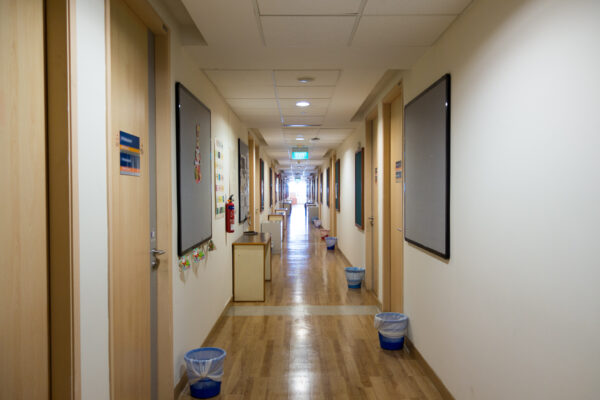
Many workplaces have adopted an open-office concept. First, there were partitions, then the partitions became lower, and eventually the partitions disappeared. In some offices these days, employees simply sit on benches. It’s totally open. Bosses think it’s a very clever idea. It promotes communication and collaboration, they say. Employees don’t like the idea. But who cares about what employees like or not like?
Well, it turns out that Silicon Valley companies, who have been leaders in the open-office concept, have got it wrong. The peons already knew that. At least the clever peons do know what the experts are now only beginning to understand.
Bosses like open-offices for obvious reasons:
- Better space utilisation (i.e. cram more people into the same floor area)
- Better monitoring of employee movements and activities
The part about promoting communication and collaboration may be partially true, but it’s mostly an excuse. Some bosses also purport to lead-by-example by also sitting in the open office area. But we already know, of course, that:
- These bosses don’t actually spend much time in that seat.
- They actually spend most of their time in meeting rooms, possibly privately. The meeting room has become their personal office.
The concept of open-office is not totally wrong. I believe, however, that different jobs and work disciplines require different types of office space design. In fact, even within the area of IT, different IT jobs have different needs. For example, I believe that programmers need some degree of isolation so that they can focus on their work. Yet at the same time, they sometimes also need to have small group discussions or to collaboratively work on a task.
This reminds me of Joel Spolsky’s blog Joel on Software. (It’s a pity he doesn’t blog anymore, or at least not on regular basis.) He owns a software company. He wrote some articles about his office, and one in particular about how he designed his new office when his company moved to a new building. He had a really, really, cool office. You should read about it. It’s offers privacy, but yet remains “open”. This is an office he designed in 2003. It’s 2015 now, and over ten years later, I think the design is still great, and yet I don’t see many companies designing their office spaces this way.
I feel the problem with poor office design is particularly bad for IT folks. Architects and interior designers have some ideas about how HR folks work, or what finance people need, or what works in sales. I think, the way an IT organisation works is poorly understood. I’m not saying we’re the only ones that are special, but many others also do have unique requirements that are not well appreciated.
Joel Spolsky, incidentally, it also co-founder and CEO of Stack Exchange.
The in-thing that is catching on in the last couple of years is telecommuting. Some, or maybe even many, people think telecommuting is really fun. They are thinking about work-from-home. I don’t know about telecommuting from home. There could be distractions, difficulty to communicate and collaborate with co-workers, etc. But I suppose it could all boil down to the nature of the job. In some jobs, I guess you could simply work on your own. Like when I write this blog post (which isn’t my day job), I don’t actually have to talk to or work with anyone.
View Comment Policy